All native fauna are protected under the Biodiversity Conservation Act 2016. Learning how to care for and help wildlife, particularly in cases of illness or injury, is crucial.
It's essential to contact the appropriate authorities for assistance. Find out about wildlife in our region and what you can do to help protect them.
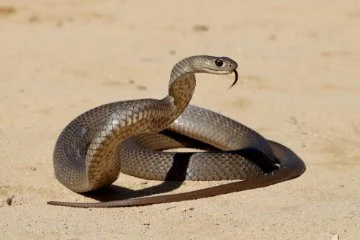
Snakes
In early spring, snakes like dugites and tiger snakes become more active for feeding, breeding, and sunbathing. If a snake enters your house, stay calm, don't try to catch or harm it. Contact Wildcare Helpline on 9474 9055 for a reptile remover.
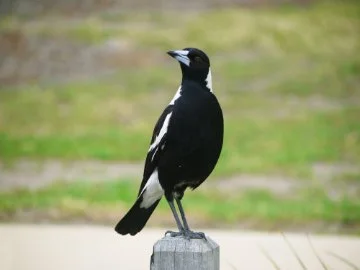
Magpies
During August to October, magpies nest, and some males may become protective and swoop if they perceive a threat to the nest or young. If swooped, stay calm, refrain from running, and avoid direct eye contact. When outdoors in nesting areas, wear a broad-brimmed hat and sunglasses to protect your face and eyes, and avoid places where magpies are known to be territorial. Residents are encouraged to report incidents of territorial magpies so that temporary warning signs can be installed.
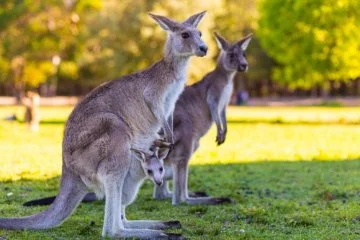
Kangaroos
If you come across an injured adult kangaroo, please contact the Wildcare Helpline on 9474 9055. They have the expertise to assess the situation and provide appropriate advice and care. It's essential to refrain from approaching the kangaroo on your own, to ensure that others also maintain a safe distance to prevent accidents and minimise stress for the kangaroo.
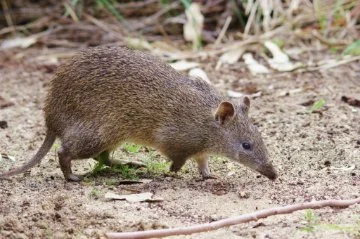
Quenda
Quenda are small marsupials with a long pointed muzzle, short limbs and neck and a long thin tail. Quenda are regular visitors to homes and, they are commonly mistaken for rats. They are threatened due to habitat loss and predation by cats and foxes. These native animals are protected under the Biodiversity Conservation Act 2016.
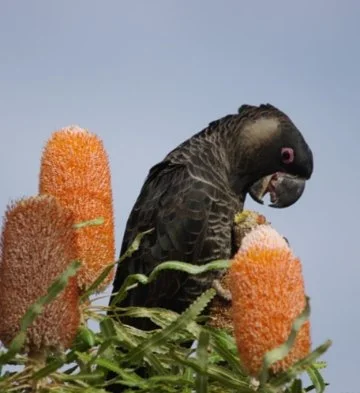
Birds
The City contains many species of birds that are important part of our ecosystem. Feeding native fauna like birds without a license is illegal due to potential harm and environmental pollution. Birds are at risk from rodenticides, so using rodenticide-free baits is advised. You can support birds by planting native gardens, preserving trees, installing bird baths, bird watching, and participating in citizen science projects like BirdLife Australia's Birdata App. The City works to conserve protected birds like the endangered Carnaby's Black Cockatoo by installing nesting boxes, mapping nesting sites, planting native vegetation, and community education.
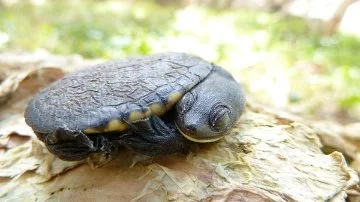
Southwestern snake-necked turtle
Southwestern snake-necked turtles (Chelodina oblonga) are also commonly known as Oblong or long-necked turtles, or Yaakan and Booyi, in Noongar language. The Southwestern snake-necked turtle, is the only local native turtle species found in the Yellagonga Regional Park wetlands.
The Southwestern snake-necked turtle gets its name from its appearance as it has a long, snake-like neck, and an oblong shell (carapace). The neck is almost as long as its shell and its full length can reach about 50cm. This turtle feeds on fish, frogs and macroinvertebrates (animals with no backbone such as insects, crustaceans, snails and worms). The turtle hatchlings also eat midge and mosquito larvae which can help control potential nuisance midge outbreaks.
